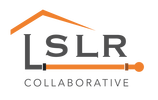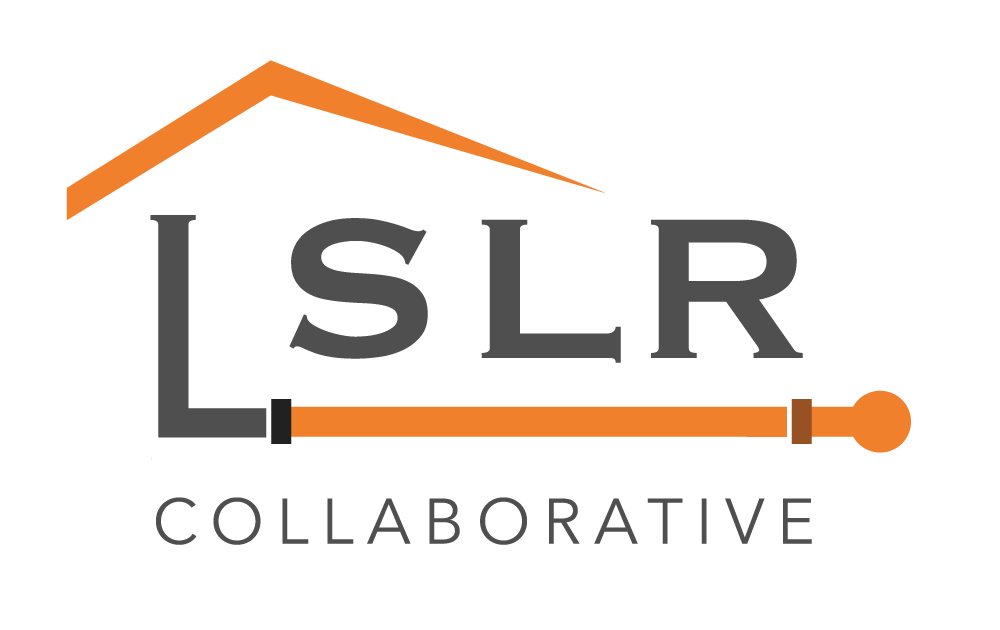Wisconsin Has Hundreds Of Thousands Of Lead Water Lines, But Is Also A Leader In Addressing Issue4/30/2020
WXPR
Ben Meyer See the original article. More than 150,000 Wisconsin homes, businesses, schools, and daycares get their water through lead pipes, according to data newly compiled by the Environmental Defense Fund. Consuming even small amounts of lead can lead to behavioral, learning, and cognitive problems in children. Furthermore, for 300,000 water lines, Wisconsin cities don’t even know what the pipes are made of. Even so, the Environmental Defense Fund calls the state “ahead of the curve” on identifying and addressing lead piping. Cities in northern Wisconsin provide examples of progress. A few years ago, Eagle River announced the city would pay to replace all existing lead water service lines for homeowners across the city, about 60 of them. Because the lines are underneath private property, they’re usually the homeowners’ responsibility. “It worked out great for those property owners,” said utility manager Mike Sanborn. “They were able to get their services replaced to copper at no charge to them.” The city is just about done and just about lead-free. It’s something Sanborn doubts could have been accomplished without the city covering the cost. “Especially right now, with what’s happening with the virus, and the lack of people working, it definitely would have been a challenge to get them to commit to spending any money on their service lines,” he said. Eagle River got a half-million dollars from the DNR in 2017 and 2018 for the project. EcoRI
See the original article. Progress is being made in southern New England on the long-running struggle to replace lead water pipes, both on the public and private side. The region’s old housing stock and water-service infrastructure are riddled with lead pipes and fixtures that are blamed for numerous ongoing health problems. For children, in particular, lead exposure damages the nervous system, causes learning disabilities, inhibits growth, and impairs hearing. The problems have been known for decades, but it wasn’t until 1986 that the United States banned lead service lines and lead solder used for plumbing. Awareness of the risks has prompted water utilities to remove lead infrastructure that runs from reservoirs to water mains. But the pipes that connect water mains to homes and businesses, known as service lines, have remained. Today, about one out of every six water customers in Providence have service lines made of lead. Residents can find out from their municipal water suppliers, such as Providence Water, if they have lead service lines. Water testing by local labs can also identify lead contamination that may come from internal plumbing. Paying to get rid of service lines has been a challenge. Various loan programs and tax incentives help property owners absorb the costs, but progress is slow. For instance, only a few hundred of Providence’s 28,000 private-side lines made of lead are replaced each year. CNT
See the full blog. From inventories to public education, here's how local leaders can take action on lead An estimated 6 million leaded service lines(link is external) deliver drinking water to households across the United States, and when these lines leach lead into drinking water, it poses a serious public health problem. In the midst of the COVID-19 pandemic, states and cities are working to issue moratoriums on water shutoffs and reconnect service to those that have been shut off—but it’s important to recognize that running water doesn’t necessarily mean clean water. The Center for Neighborhood Technology (CNT) and Metropolitan Planning Council(link is external) (MPC) teamed up to apply lead service line inventory and planning practices in two suburbs south of Chicago—Flossmoor and Hazel Crest—to better understand the challenges and opportunities. Here are some steps any community can take. Over the past several years, in large part prompted by the public health crisis in Flint, MI, caused by lead in drinking water, states and communities have been outlining policies and practices to get the lead out of drinking water supplies. While the focus in this current moment is to ensure that our communities come out on the other side of COVID-19 as unscathed as possible, there is a huge opportunity to ensure that stimulus and recovery dollars are invested in improving how systems work for people, including making infrastructure safer for renters and owners. See the EDF blog
Note to readers: As we all grapple with the grave global health challenge from COVID-19, we want to acknowledge the essential service that the public health professionals at water utilities provide in delivering safe water not only for drinking but for washing our hands and our surroundings. In the meantime, we are continuing to work towards improved health and environmental protections – including reducing lead in drinking water. We’ll plan to keep sharing developments regarding lead in drinking water that may be useful to you. In the meantime, please stay safe and healthy. Lead service line (LSL) inventories provide useful insights into the location and number of LSLs in states and the funding needed to fully replace these lines. In previous blogs, we examined mandatory reporting by utilities of service line material in Illinois and Wisconsin.[1] Here, we examined a March 2020 preliminary report by the Michigan Department of Environment, Great Lakes, and Energy (EGLE) summarizing data submitted by 1,029 utilities. Unlike the annual reporting in Illinois and Wisconsin, Michigan required utilities to submit a preliminary inventory by January 1, 2020 and requires a complete inventory before 2025. While the preliminary report allows lines to be designated as unknown, the material must be determined by 2025. This is a two-step process, rather than the annual report approach that California has taken. Michigan reports less than 100,000 LSLs and 276,000 lines of unknown material that may be lead The state’s preliminary report is based on 1,029 utilities[2] (74% of the state’s 1,386 total) with 2.40 million service lines (90% of the 2.66 million total).[3] This reporting rate is lower than what Illinois experienced at a similar stage in the first year of mandatory reporting. For the 1,029 utilities that reported, utilities reported 99,000 (4% of total) lead, 21,000 (0.9%) galvanized steel,[4] 177,000 (7%) of unknown material but likely to be lead, and 276,000 (12%) as unknown with no information. If all of the four categories are actually lead (which is unlikely), there would be 573,000 (23%) LSLs in Michigan. See the EDF blog See the EDF blog.
Note to readers: As we all grapple with the grave global health challenge from COVID-19, we want to acknowledge the essential service that the public health professionals at water utilities provide in delivering safe water not only for drinking but for washing our hands and our surroundings. In the meantime, we are continuing to work towards improved health and environmental protections – including reducing lead in drinking water. We’ll plan to keep sharing developments regarding lead in drinking water that may be useful to you. In the meantime, please stay safe and healthy. With the comment period now closed on the Environmental Protection Agency’s proposed revisions to its Lead and Copper Rule (LCR), agency staff are busy reviewing the 687 distinct comments submitted to the docket with a goal of finalizing the rule by the end of the year. To help water professionals plan ahead, the cover article in the March edition of Journal AWWA walks readers through the proposal and its implications. It ends with six suggestions to water systems that include developing a service line material inventory and identifying funding strategies to accelerate full lead service line (LSL) replacement. With this suggestion in mind, we are continuing our work evaluating state efforts to develop LSL inventories by taking a closer look at reporting by Wisconsin municipal and private water utilities[1] to the state Public Service Commission (PSC) for calendar year 2018.[2] Of the other states with mandatory inventory reporting, we have previously covered Illinois in detail and will evaluate Michigan’s newly released reports soon. The only other state with mandatory reporting is California, but it has limited value because it only covers the portion of the service line owned by the utility and excludes the portion on private property. Wisconsin’s reporting is similar to Illinois’, but more detailed Like Illinois, Wisconsin requires annual reporting and posts the information online in a publicly accessible format as it is received. However, Wisconsin differs by requiring utilities to:
See the full blog. Journal AWWA
See the full article. Key Takeaways
CAW follows best management practices to eliminate or reduce exposure to potentially harmful substances such as lead in the tap water delivered to its customers. In 2016, a multidisciplinary team of employees from the Administration, Information Services/Geographic Information Systems, Public Affairs/Communications, Water Distribution, and Water Quality Departments created a lead service line (LSL) replacement program to address any lead issues that could improve public health protection. See the full article. EcoRI News
See the original article. Providence Water, the manager of the Scituate Reservoir and the largest provider of drinking water in Rhode Island, has a new plan to fix its lead-pipes problem. In its latest multi-year rate plan, submitted to the Public Utilities Commission (PUC), Providence Water is asking for $2.75 million annually to replace both public and private service lines that contain lead. “Due to the health dangers of drinking water with lead in it, especially for children, Providence Water is attempting to do everything in our power to eliminate the leaching of lead in our water,” Providence Water general manager Ricky Caruolo wrote in his testimony to the PUC. In 2016, the General Assembly approved a bill that directed the Rhode Island Department of Health (DOH) to conduct testing of water supplies at all public schools and at state-licensed child-care facilities to determine the amount of lead in their drinking water. Six percent of the samples exceeded the Environmental Protection Agency (EPA) action level of 15 parts per billion. Providence Water serves some 600,000 residents and has struggled to stay below federal lead-safety levels since 1997. Since 2007, Providence Water, which supplies about 60 percent of Rhode Island with its drinking water, has routinely exceeded EPA Lead and Copper Rule action levels. The EPA requires utilities to test their drinking water once during two annual semesters: January through June and July through December. The federal agency allows a maximum of 15 parts per billion (ppb) of lead in water tests. The level of lead in Providence Water spiked to 30 ppb in 2009 and 2013, and hasn’t stayed below the EPA threshold for two testing periods since 2015. Anything in excess of 15 ppb triggers a notification to customers and a plan for corrective action. With the additional funding, Providence Water hopes to stay below 10 ppb by replacing lead pipes and using the corrosion inhibitor orthophosphate. Some 28,000 private service lines and 11,000 public service lines in the Providence Water system contain lead. The utility has been replacing about 215 private lines a year, and with the new funding would replace another 400 annually. Priority would be given to high-risk customers, such as homes with young children and pregnant mothers. |
Have a suggestion for an article or blog to add?
Let us know! Type
All
Date
April 2023
|


 RSS Feed
RSS Feed